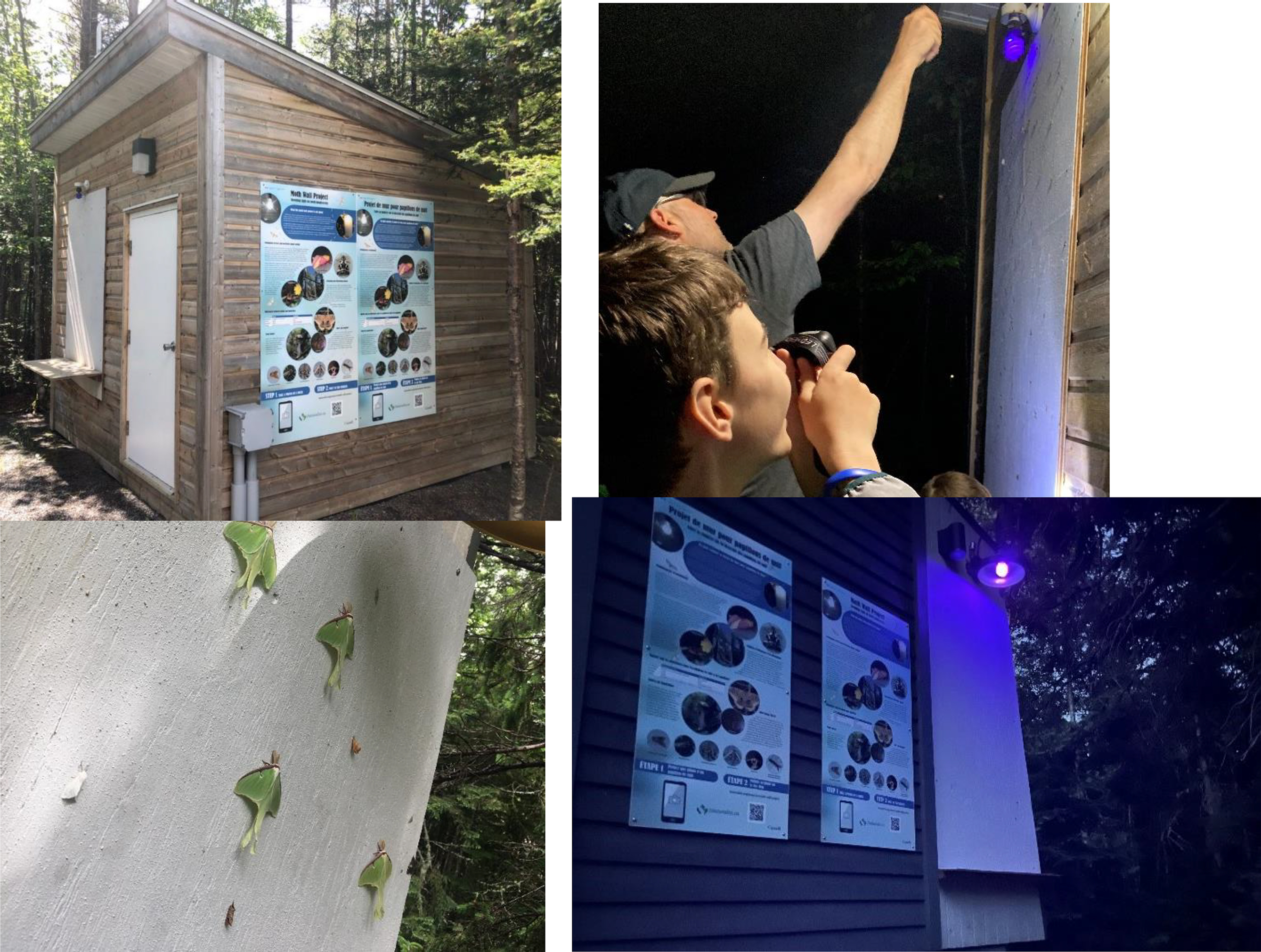Moth walls: shedding light on moth biodiversity
Abstract
The importance of Lepidoptera
A simple infrastructure with big rewards

A network for communication and youth engagement
Data for science and community

Acknowledgements
References
Information & Authors
Information
Published In

History
Copyright
Key Words
Sections
Subjects
Authors
Author Contributions
Competing Interests
Metrics & Citations
Metrics
Other Metrics
Citations
Cite As
Export Citations
If you have the appropriate software installed, you can download article citation data to the citation manager of your choice. Simply select your manager software from the list below and click Download.
There are no citations for this item
